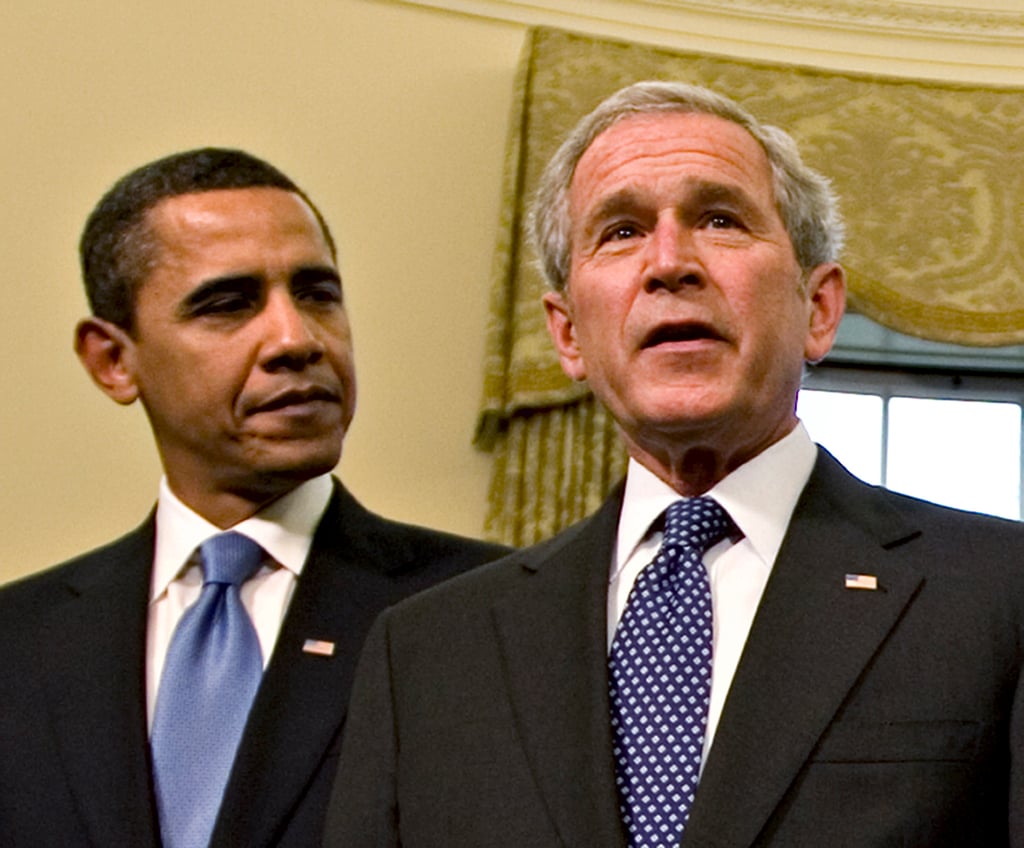Opinion | How Biden’s memos can ensure continuity in US foreign policy under Trump
For the sake of national security, transition memos must offer a real road map on key specific foreign policy challenges, like the ones Bush did for Obama

What could really be of use to the incoming national security team are transition memos that provide a real road map on key specific foreign policy challenges. At the end of his presidency, George W. Bush tasked the senior staff of his national security council with writing 40 transition memos on the most critical foreign policy and national security issues.
Bush was concerned about the array of challenges the new administration would face and, as he later wrote, “was determined to help the new president get off to a fast start”. The memos, many of which were declassified in a book titled Hand-Off: The Foreign Policy George W. Bush Passed to Barack Obama (which former national security adviser Stephen Hadley worked to declassify) dealt candidly with what the White House felt it had accomplished – including successes and setbacks – and elucidated what still needed to be done.
The memos, naturally, addressed relations with China, Russia, Iran and North Korea but they also ran the gamut from “biodefence and pandemic planning” to “Africa conflict resolution policy”. One that I wrote on “East Asian architecture and alliances” explained how Bush assessed that post-Cold War neglect had allowed China and North Korea to exploit our weaknesses in East Asia and that we needed to act with our partners to hedge against the rise of a belligerent China.


.jpg?itok=pCbZUa2Z&v=1717643326)